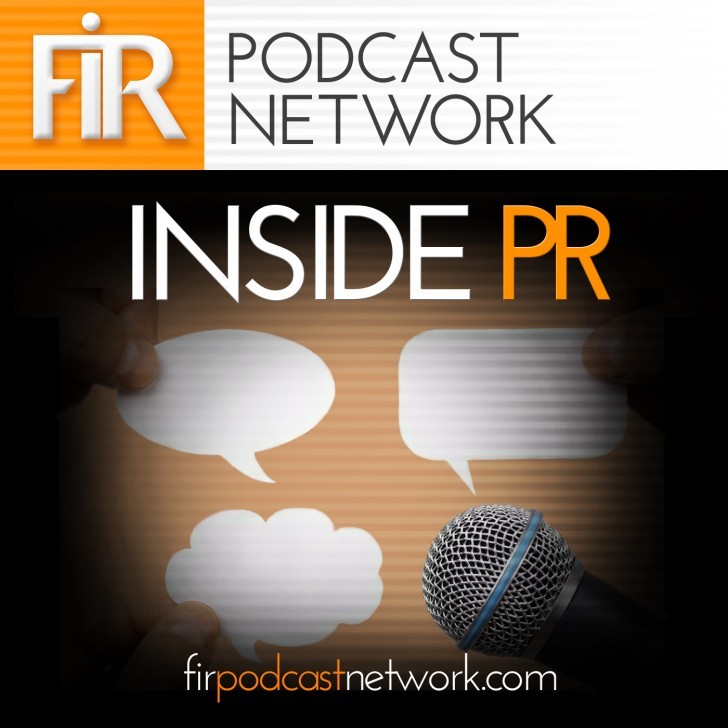For those of us who are trying to understand why news coverage today seems incapable of conveying the factual truth, Margaret Sullivan‘s analysis of The two big flaws of the media’s impeachment coverage – and what went right (paywall) shines some light on habits in current media coverage that obfuscate or demote the facts.
Some essential thoughts:
Equating the Unequal
“In an unceasing effort to be seen as neutral, journalists time after time fell into the trap of presenting facts and lies as roughly equivalent…”
If it ain’t pizzazzy, it ain’t newsworthy
“the expectation that every major news event should offer drama in the style of a reality TV show. … When that excitement level isn’t met, the media often steps in to provide it. That takes the form of dramatizing the nation’s polarization, compete with laments about ‘divided America.’“
It’s the type of writing that justifies a subscription to the Washington Post.
Source: The two big flaws of the media’s impeachment coverage — and what went right – The Washington Post

